Could swishing oil around in your mouth be the secret to whiter teeth, fewer cavities, and fresher breath?
Oil pulling is an ancient Ayurvedic remedy for improving oral health. It is believed to heal more than 30 systemic diseases when performed regularly (1).
The idea behind oil pulling is that swishing certain oils in your mouth (such as coconut, olive, or sesame oil) helps “pull”, trap, and remove the bacteria that cause plaque buildup, tooth decay, bad breath, and gingivitis – resulting in whiter teeth, healthier gums, and fewer cavities.
Do you struggle with bloating, gas, constipation, or other digestive issues?
Get our FREE Guide to Healing Your Gut Naturally here!
The benefits of oil pulling may go deeper than just a squeaky clean mouth. Since your mouth acts like a “mirror” to your overall health, oil pulling has also been said to improve digestion, skin health, and even mental clarity when done regularly (2).
In just a moment, I’ll give you step-by-step instructions on how to do oil pulling, and which oils are best to use. First, let’s look closer at the other benefits of having a daily oil pulling routine.
Natural Benefits of Oil Pulling
Eliminates Bad Breath

Say goodbye to the days of worrying if you’re all out of mints!
As we covered above, oil pulling is effective for removing the bacteria that causes halitosis – the technical term for unpleasant breath odor. One study showed that oil pulling can also fight oral malodor, which is bad breath caused by bacteria stuck in the oral cavity. In fact, sesame oil was shown to be just as effective for treating oral malodor as chlorhexidine mouthwash (3).
Oil pulling can also help remove the thick coating on your tongue that encourages bacterial growth. With fewer toxins, bacteria, and plaque buildup in your mouth, you’re also less susceptible to cavities and tooth decay.
Fights Gingivitis
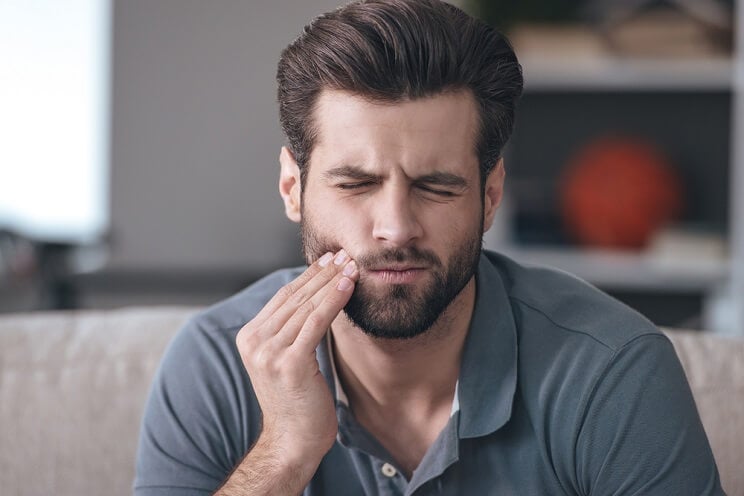
A common cause of bleeding gums is not flossing daily, which can allow plaque to build up along your gumline and between your teeth. This can lead to a condition called gingivitis, which causes sore, swollen gums and bleeding when you brush your teeth.
A study done on oil pulling and gingivitis showed that when done for at least seven days, oil pulling with sesame or coconut oil caused a significant decrease in plaque buildup, and scores continued to decrease each day thereafter (4). By removing this plaque, oil pulling can also help relieve pain, swelling, and inflammation.
May Promote Digestive Health
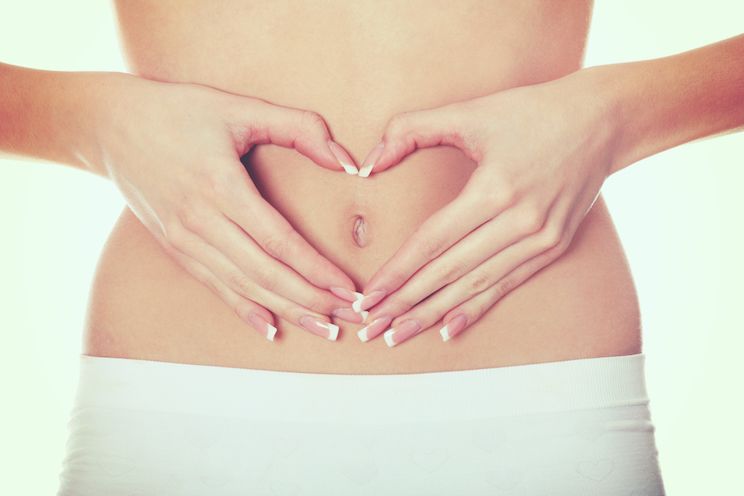
An accumulation of toxins and bad bacteria in your GI tract – which can enter from your mouth – can damage the intestinal lining, and outnumber your natural stores of good bacteria, which allows bad bacteria to grow (5). This is how chronic digestive conditions, such as leaky gut syndrome, candida, and bacterial dysbiosis are caused – all of which are associated with symptoms such as bloating, constipation, bowel irregularity, acid reflux, and irritable bowel syndrome (IBS).
Using oil pulling to draw out toxins and bacteria from your mouth can help eliminate and prevent bacteria from entering further into your system. While there’s currently a lack of studies to prove that oil pulling can help soothe digestive disorders, it’s worth trying for a few months to see if you notice a relief in your symptoms. All you have to lose is that bad bacteria!
May Improve Skin Health

While make-up, skin care products and environmental toxins can contribute to acne, a lesser known fact is that the majority of skin issues are caused by toxins and bacteria in the GI tract (6). This is why chronic digestive conditions and symptoms, such as gas, bloating, and constipation, are often seen with acne, eczema, and psoriasis.
The first place to begin healing your skin is to heal your gut. Since oil pulling can help reduce the amount of toxins and bacteria that make their way to your GI tract, it may also promote clearer skin when done consistently, for longer periods of time.
Oil Pulling FAQ’s
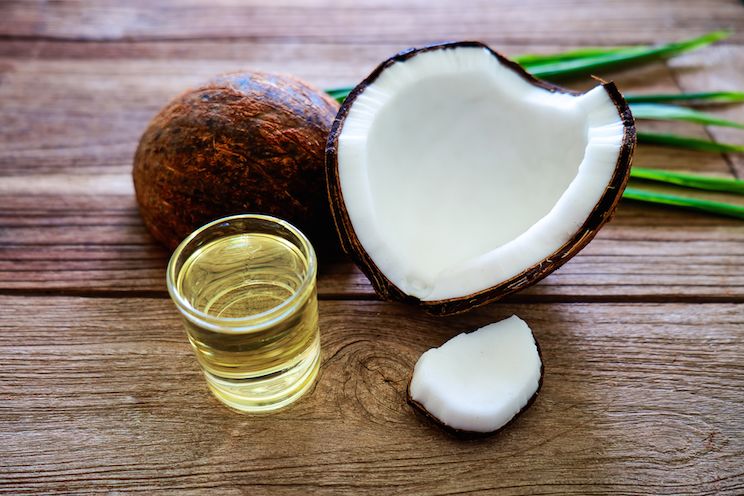
Who Can Benefit From Oil Pulling?
Since there are no adverse effects from oil pulling, everyone can benefit from it!
While it’s found to be especially helpful for people with oral health problems, there’s no downside to having fresher breath, and healthier gums and teeth.
What is the Best Oil to Use for Oil Pulling and Why?
While all oils work in the same way to trap and remove bacteria, coconut oil is the best oil you can use for oil pulling because of its powerful antibacterial properties. The medium chain fatty acid found in coconut oil, called lauric acid, has potent antimicrobial action which has been shown to inhibit Streptococcus mutans, the specific type of bacteria that causes tooth decay (7).
What Other Types of Oil Can You Use for Oil Pulling?
Sesame seed, olive, sunflower seed, and coconut oil are the most common types of oils used. Sesame oil was the most popular oil used traditionally, because it’s easily accessible in India.
Are There Any Cautions With Oil Pulling?
There is one extremely important precaution to take with oil pulling: do not swallow the oil you swish with. When you swish the oil around in your mouth, it essentially becomes a big blob of trapped bacteria and plaque. This is not something you want to down the hatch with because it could make you sick.
One other factor to be cautious of with oil pulling, is where you spit the oil out, because it can clog your pipes – especially if you have a septic system. Spit out your oil into a trash can instead.
One last precaution to take: don’t use an oil for oil swishing if you’ve ever had a negative reaction to it. For example, if sesame oil has caused symptoms for you in the past, opt for coconut or olive oil instead.
A Step-by-Step Guide to Oil Pulling
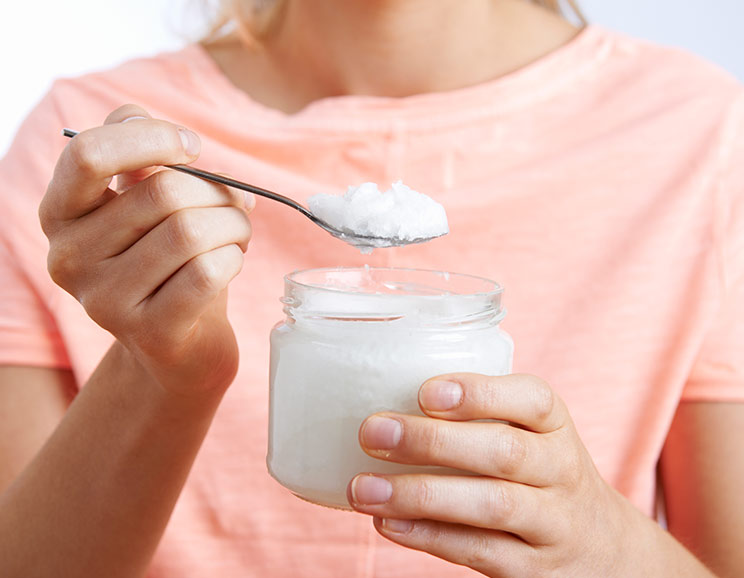
Step 1: First thing in the morning, before eating or drinking, take 1-2 teaspoons of your oil and begin swishing it in your mouth. Do this before you brush your teeth or have a glass of water.
Step 2: Swish for 15-20 minutes. Personally, I like to oil pull while I’m getting ready in the morning and having a shower. The time passes much quicker!
Step 3: Once your 15-20 minutes is up, discard your oil in the garbage.
Step 4: Rinse your mouth with warm water.
Step 5: Brush and floss as normal. Repeat each day, or at least 4-5 days per week, for best results.

(Read This Next: 14 Common Causes of Bad Breath (and How to Freshen Up))


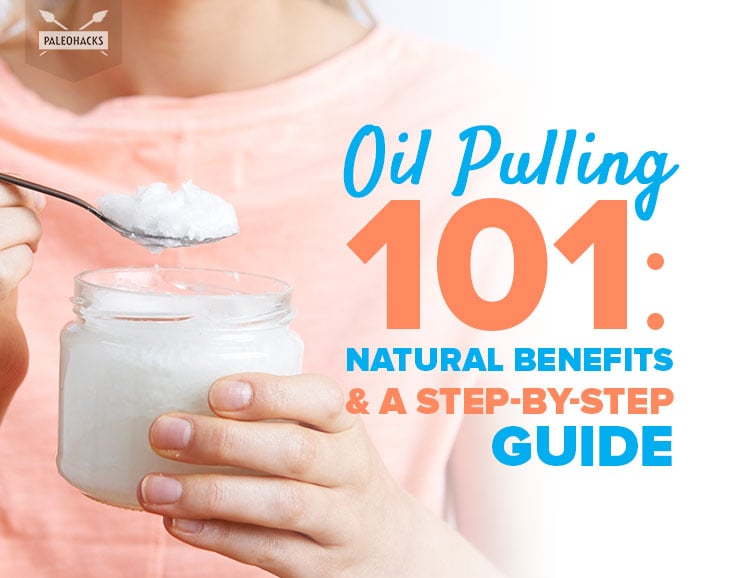
 No Noodle Cauliflower Casserole with Sausage
No Noodle Cauliflower Casserole with Sausage
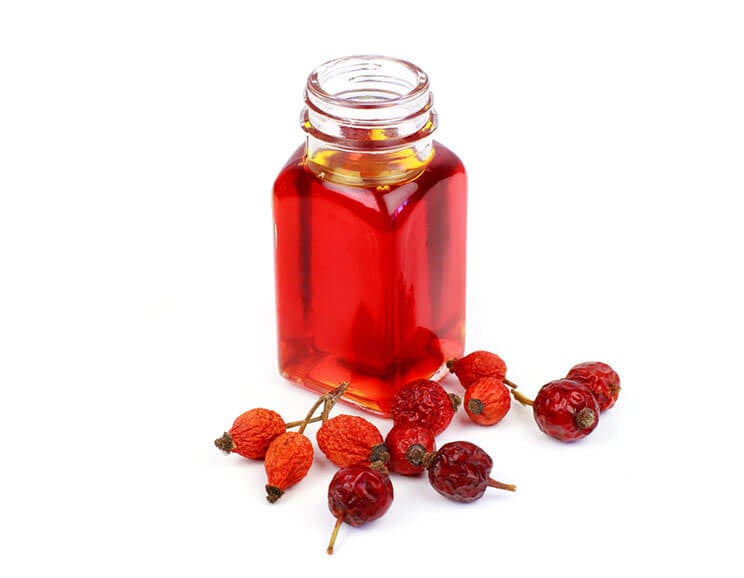
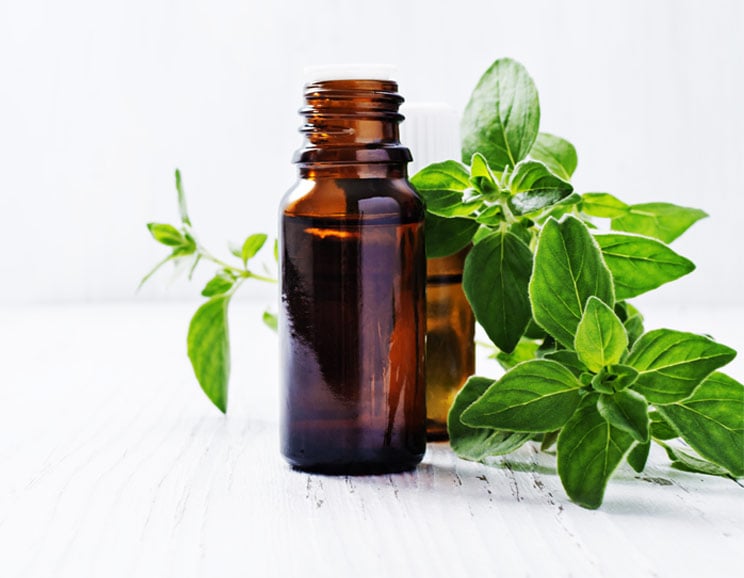

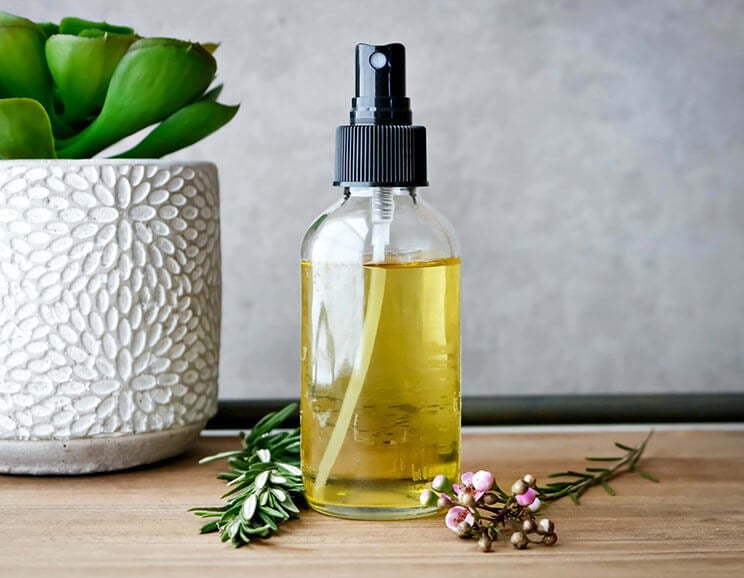

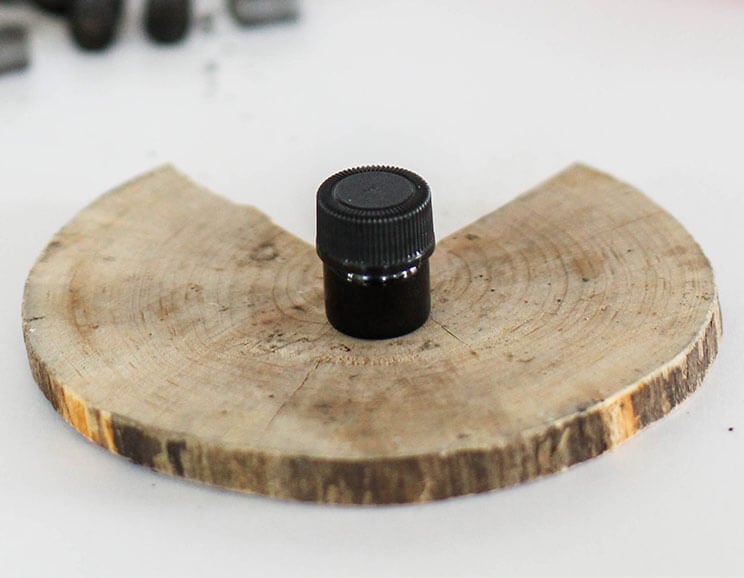

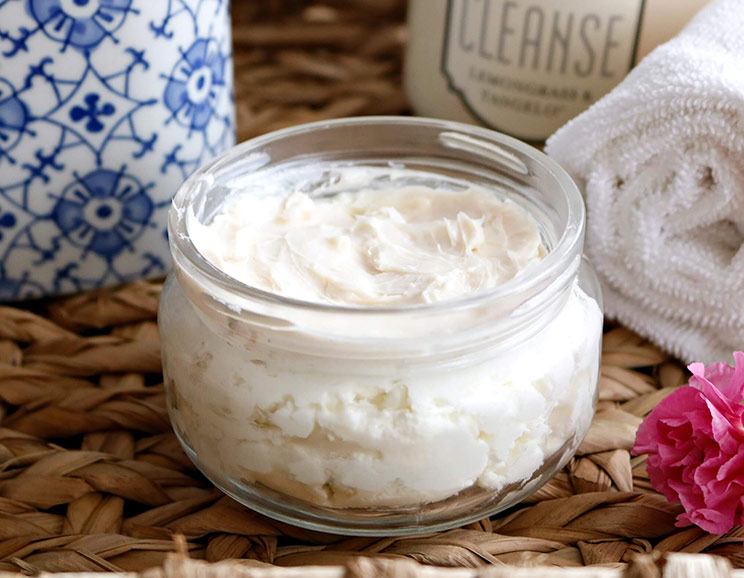
Show Comments